Did you know that butternut squash seeds are not only packed with flavor but also brimming with nutrients? Butternut squash, a beloved winter vegetable, is often celebrated for its sweet, creamy flesh, but its seeds deserve the spotlight too!
In this article, we’ll explore how to grow and care for butternut squash seeds, share delicious ways to eat and roast them, and highlight their incredible health benefits. Get ready to discover why these little seeds should be a staple in your kitchen!
Nutritional Power of Butternut Squash Seeds
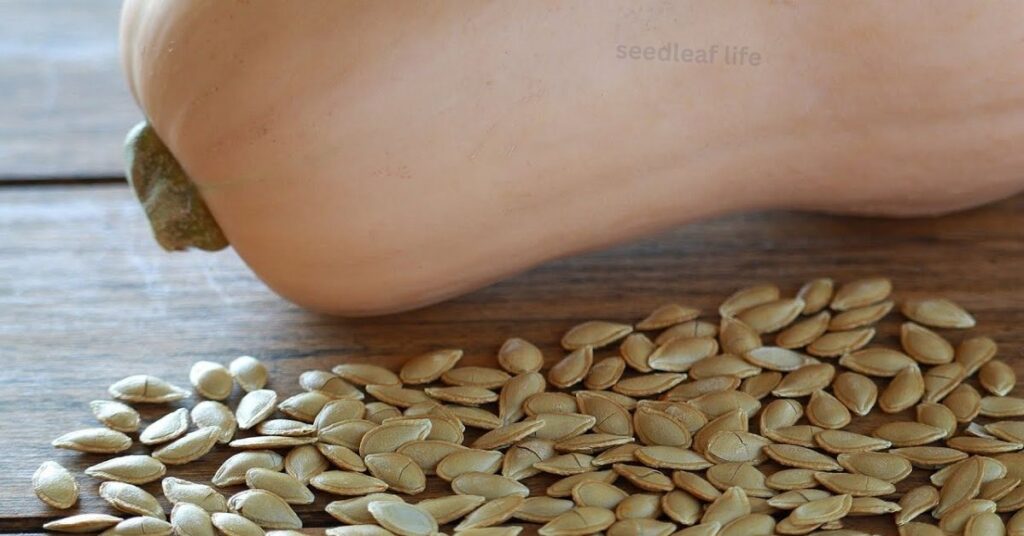
Butternut squash seeds are often overlooked, yet they hold an impressive nutritional punch that can easily elevate your meals. Just a handful (about 28 grams) provides around 180 calories, making them a satisfying and nutrient-dense snack option for any time of day.
Vitamins for Energy and Vitality
These tiny seeds are rich in essential vitamins, especially vitamin E—a powerful antioxidant that supports healthy skin and strengthens the immune system. They also contain several B vitamins such as thiamine, niacin, and folate, which help convert food into energy, enhance brain function, and maintain overall vitality.
Mineral Boost for Stronger Health
When it comes to minerals, butternut squash seeds are a great source of magnesium, zinc, and iron. Magnesium plays a key role in bone strength and muscle health, zinc helps boost immunity and supports wound healing, and iron improves blood circulation and energy production.
Antioxidants and Fiber for Wellness
Packed with antioxidants, these seeds help fight free radicals, reduce inflammation, and protect your body from cellular damage. Their high fiber content promotes digestive health, balances blood sugar levels, and keeps you feeling full longer—making them an excellent choice for healthy weight management.
Why Add Them to Your Diet
Adding butternut squash seeds to your meals is an easy way to enrich your diet with essential nutrients. Sprinkle them over salads, blend them into smoothies, or roast them for a crunchy, wholesome snack.
Approximate Nutrition Facts (per 28g serving)
| Nutrient | Amount | Daily Value |
| Calories | 180 kcal | — |
| Protein | 7 g | 14% |
| Total Fat | 14 g | 18% |
| Saturated Fat | 2 g | 10% |
| Carbohydrates | 5 g | 2% |
| Dietary Fiber | 2 g | 8% |
| Vitamin E | 1.5 mg | 10% |
| Vitamin B1 (Thiamine) | 0.1 mg | 8% |
| Magnesium | 150 mg | 35% |
| Zinc | 2 mg | 18% |
| Iron | 2 mg | 12% |
Percent Daily Values are based on a 2,000-calorie diet. Actual needs may vary depending on your lifestyle and daily butternut squash seed calorie intake.
How to Grow Butternut Squash from Seeds
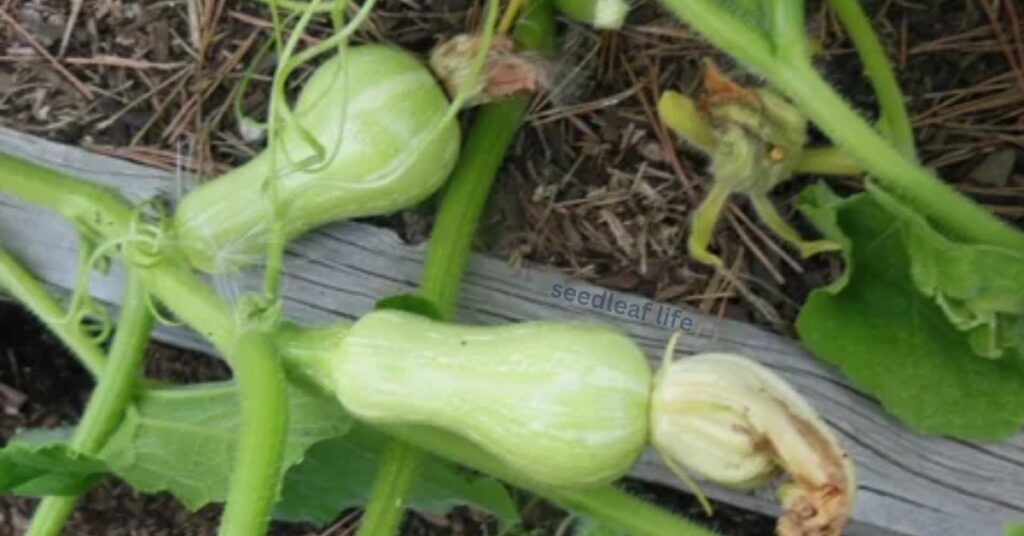
Growing butternut squash at home is rewarding and easier than you might think. When growing butternut squash from seeds, start with rich, well-draining soil. Mix in compost or well-rotted manure to boost nutrients, and aim for a soil pH between 6.0 and 7.0 for healthy growth. If you’re using butternut squash seeds to plant, make sure the danger of frost has passed before sowing. Plant each seed about 1 inch deep and 2–3 feet apart to give your vines room to spread.
Soil and Watering
Consistent moisture is key. Water deeply once a week, ensuring the soil stays moist but not waterlogged. Mulching around the base helps retain moisture and prevents weed growth.
Sunlight and Germination
Butternut squash thrives in full sunlight, so choose a location where plants receive 6–8 hours of direct sun each day. Within 7–14 days, seedlings will begin to sprout. Once they develop several leaves and reach about a foot tall, you can guide them to climb a trellis or let them sprawl naturally across the ground.
Harvesting Your Squash
Your butternut squash is ready to harvest when the skin turns a deep beige and the stem begins to shrink and dry out. Cut the squash with a few inches of stem attached and let it cure in a warm, dry place for about a week before storing.
Enjoy your homegrown butternut squash in soups, purees, or roasted dishes—it’s a true garden-to-table delight!
Quick Growing Tips
- Use nutrient-rich, well-draining soil (pH 6.0–7.0).
- Plant seeds 1 inch deep and 2–3 feet apart.
- Keep soil consistently moist, not soggy.
- Ensure 6–8 hours of full sunlight daily.
- Expect germination in 7–14 days.
- Harvest when skin turns beige and stem dries.
Care Tips for Healthy Growth

When planting butternut squash seeds, depth matters more than you might think. One common mistake gardeners make is planting seeds too deep, which can delay or prevent germination. The ideal depth is about 1 inch below the soil surface—deep enough to protect the seed, but shallow enough to let sunlight and warmth reach it. Combine this with well-draining soil to prevent water from pooling, as overwatering can cause root rot and stunt your plant’s growth.
Pest Control
After your butternut squash seedlings sprout, pest control becomes a key part of their care. Squash bugs and aphids are common threats, but you can manage them naturally. Spray the leaves with neem oil or insecticidal soap to deter harmful insects without affecting pollinators like bees. Regularly check the undersides of leaves for eggs or larvae to catch issues early.
Fertilizer Recommendations
Healthy soil means healthy squash. Use rich compost or a balanced, slow-release fertilizer at the start of the growing season to give your plants an early boost. A fertilizer with a ratio like 10-10-10 (N-P-K) works well for strong vine and fruit development. Reapply every few weeks during peak growth for the best results.
By avoiding common mistakes, managing pests naturally, and providing steady nutrition, your butternut squash plants will thrive—producing healthy vines and flavorful fruits ready for harvest!
Common Mistakes to Avoid
- Planting seeds too deep (keep it around 1 inch).
- Overwatering or using poorly drained soil.
- Ignoring early pest signs on leaves.
- Skipping fertilizer during growth season.
- Planting in areas with insufficient sunlight.
Health Benefits of Butternut Squash Seeds
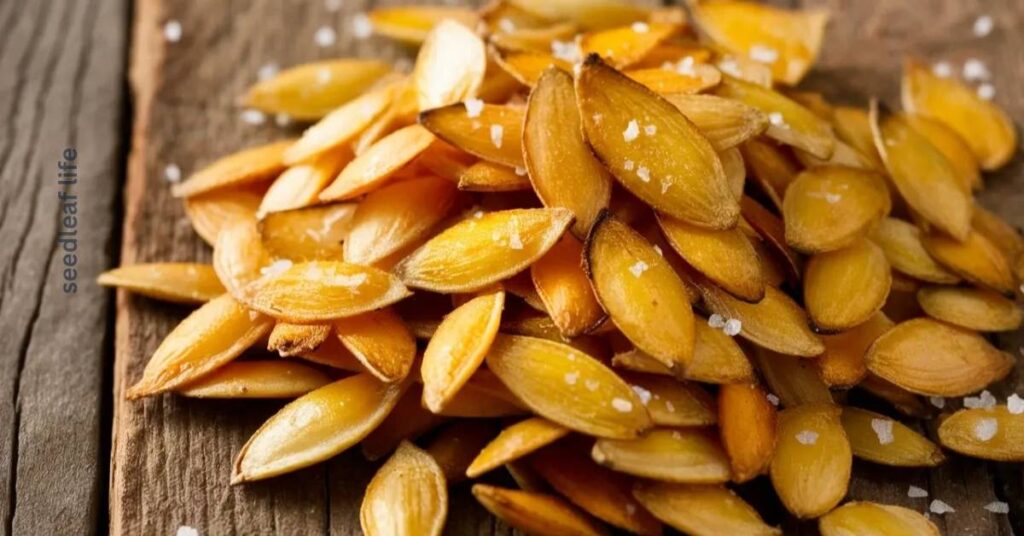
Butternut squash seeds offer a treasure trove of wellness advantages that often go unnoticed. Packed with essential nutrients, these tiny seeds provide remarkable support for digestion, immunity, heart health, and overall energy.
Digestive Health
One of the key butternut squash seed benefits lies in their high fiber content, which supports smooth digestion and helps maintain a healthy gut. Regular fiber intake keeps bowel movements consistent, reduces bloating, and contributes to better nutrient absorption.
Immunity Support
These seeds are rich in zinc and magnesium, two minerals vital for immune function. Zinc helps your body fight infections and promotes wound healing, while magnesium supports hundreds of cellular processes, helping your immune system stay strong and balanced.
Heart Health
When it comes to cardiovascular wellness, butternut squash seeds shine once again. Their healthy fats—particularly omega-3 and omega-6 fatty acids—help lower bad cholesterol levels while supporting good cholesterol. This balance promotes better blood circulation and contributes to a healthier heart.
Natural Energy Boost
Feeling low on energy? The protein and healthy fats in butternut squash seeds provide sustained energy throughout the day. They’re an excellent snack for fueling workouts, busy mornings, or midday slumps—without the crash that comes from sugary foods.
Freshness from Homegrown Seeds
Growing your own butternut squash ensures that your seeds are as fresh and nutritious as possible. Homegrown seeds are free from preservatives and additives, offering the purest form of nutrition straight from your garden. They also have a richer flavor and crunch, making them a wholesome addition to your salads, roasted snacks, or smoothie bowls.
By adding these small but mighty seeds to your diet, you can enjoy a delicious way to support your digestive health, boost immunity, improve heart wellness, and maintain lasting energy—all from nature’s own powerhouse!
Top 5 Reasons to Eat Butternut Squash Seeds
- Excellent for digestion and gut health.
- Strengthens the immune system.
- Promotes heart health with healthy fats.
- Provides natural energy throughout the day.
- Homegrown seeds are fresher and more nutritious.
How to Eat and Roast Butternut Squash Seeds
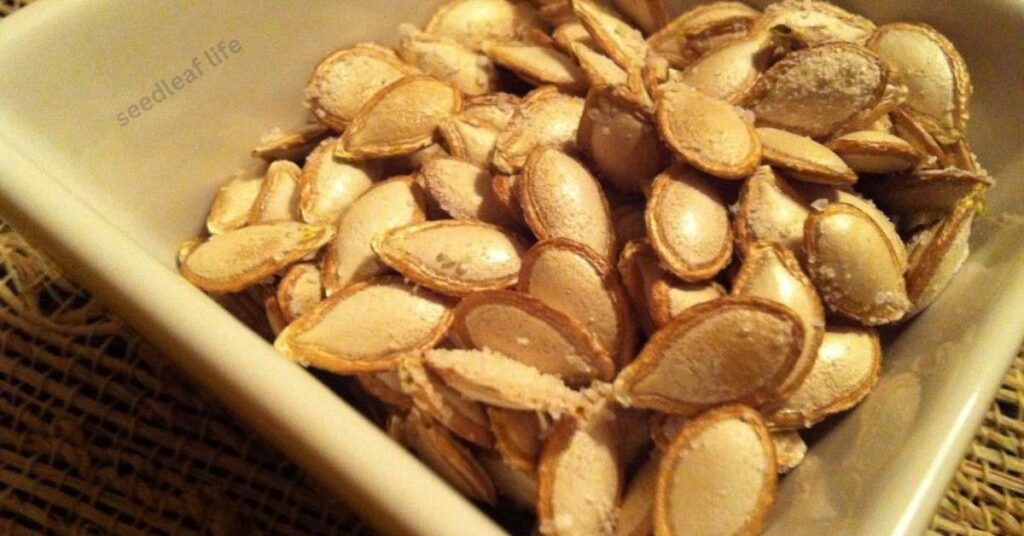
Butternut squash seeds aren’t just a byproduct of your squash—they’re a delicious, nutrient-rich snack! If you’re wondering how to eat butternut squash seeds, there are two easy and tasty ways to enjoy them: raw or roasted.
Eating Raw Butternut Squash Seeds
Raw seeds have a mild, nutty flavor and a satisfying crunch. You can sprinkle them over salads, mix them into smoothies, or add them to homemade granola for extra texture and nutrition. Just make sure to rinse and dry them thoroughly before eating to remove any leftover squash pulp.
Roasting for a Crunchy Snack
If you prefer a warmer, toasty flavor, roasted butternut squash seeds are a perfect choice. Here’s a simple method you can try at home:
- Rinse and Dry: Separate the seeds from the pulp, rinse well, and pat dry with a towel.
- Season: Toss the seeds with a drizzle of olive oil and your favorite spices—try paprika, garlic powder, sea salt, or even a touch of cinnamon for a sweet version.
- Roast: Spread them evenly on a baking tray and bake at 350°F (175°C) for about 15–20 minutes, stirring halfway through until they turn golden brown.
Once done, let them cool and enjoy! These roasted butternut squash seeds make an excellent topping for soups, salads, or trail mixes, or you can simply snack on them by the handful. They’re a crunchy, flavorful, and wholesome treat that turns food waste into something deliciously healthy.
FAQs About Butternut Squash Seeds
Q: Are butternut squash seeds edible?
Yes, they’re completely edible and can be enjoyed raw or roasted for a crunchy, nutritious snack.
Q: What are their health benefits?
They’re rich in fiber, protein, healthy fats, zinc, and magnesium—great for digestion, immunity, and heart health.
Q: Can I grow butternut squash from store-bought seeds?
Yes, if the squash is fresh and untreated, you can dry and plant the seeds in warm soil after frost.
Q: How many calories are in roasted seeds?
A 28-gram serving of roasted butternut squash seeds has about 180 calories.
Conclusion
To wrap up, we’ve explored five incredible facts about butternut squash seeds that highlight their versatility and nutritional value. From supporting a healthy diet to providing the opportunity to grow your own garden, these seeds are a treasure worth keeping.
So why not take the next step? Save your seeds, give them a roast for a tasty treat, or plant them in your yard and watch them thrive. Embrace the joy of butternut squash in all its forms! Get started today and discover the many delicious possibilities ahead!

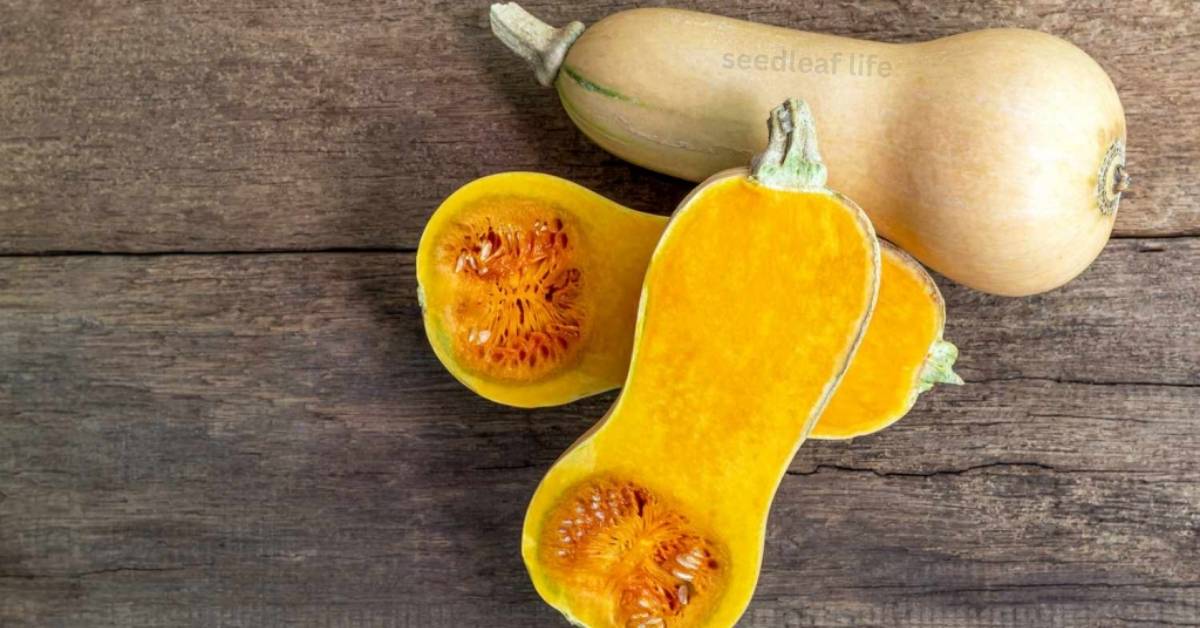
One response to “5 Powerful Butternut Squash Seeds Benefits You Must Know”
[…] Growing organic peanuts from high‑quality peanut seeds for planting provides healthy, chemical‑free produce while improving soil fertility and rewarding home gardeners. For more seed‑growing inspiration and benefits, check out: https://seedleaflife.com/5-butternut-squash-seeds-benefits/ […]